Female angler with redfish in salt marsh
Redfish-Woman-SaltMarsh_Credit Karlie Roland
Do you have any thoughts on this post?
Female angler with redfish in salt marsh
The bipartisan legislation that passed Congress this week would help more Americans build confidence in the great outdoors and safeguard hunting and angling traditions.
The House of Representatives overwhelmingly passed the Protecting Hunting Heritage and Education Act (HR 5110) in a 424-1 vote on Tuesday September 26, 2023. The Senate passed the legislation by unanimous consent the next day. The bill has now gone to President Biden’s desk to be signed into law.
The Protecting Hunting Heritage and Education Act would amend the Elementary and Secondary Education Act of 1965 (ESEA) to clarify that the prohibition of use of federal education funds for certain weapons training does not apply to extracurricular programs such as archery, hunting, and other shooting sports.
This summer the U.S. Department of Education indicated that as a result of changes made in the Bipartisan Safer Communities Act (BSCA), which passed in 2022, schools with hunting, archery, and other outdoor education programs may not be eligible to receive certain federal funds. This would negatively impact millions of students who participate in archery programs, hunter education classes, wilderness and outdoor classes, and school sponsored target shooting teams. The Protecting Hunting Heritage and Education Act seeks to restore funding and clarify that students may have access to educational programs and activities such as archery and hunting safety education.
“We applaud Representatives Green and Peltola, and Senators Tester and Murkowski for developing and passing a bipartisan solution to this issue. Restoring federal funding for hunter education, archery in the schools, and other outdoor programs will help more Americans build confidence to venture into the great outdoors,” said Whit Fosburgh, president and CEO of the Theodore Roosevelt Conservation Partnership, “With overwhelming bipartisan support, we urge President Biden to sign this important bill into law without delay.”
President Biden’s signature would ensure that these programs remain available in schools across the nation and help safeguard the future of our hunting and angling traditions.
Learn more about TRCP’s commitment to the future of hunting and fishing here
The TRCP organized a trip to Washington, DC to advocate for enacting meaningful legislation that supports restoration and drought mitigation.
The Rio Grande is the Nation’s fourth longest river, providing drinking water to an estimated 12 million people, irrigating thousands of acres of farmland, and supporting habitat for game and fish. Like much of the West, the Rio Grande Basin is experiencing long-term drought and aridification as a consequence of decreased precipitation and increased temperatures throughout the basin. This results in increased strain on freshwater availability for communities, habitats, and species while simultaneously increasing the severity and frequency of wildfires and other natural hazards.
Thanks to the passage of the Bipartisan Infrastructure Law and the Inflation Reduction Act, the past two years were marked by an historic increase in federal funding to support locally led conservation and restoration initiatives throughout the West. Yet, much of this funding is difficult for communities to access, particularly rural and underserved communities. For example, cost share requirements, limited local capacity, and minimal federal investment in project planning and development make it difficult for many communities to access federal funding opportunities for watershed restoration.
Additionally, substantial portions of available federal funding are specifically focused on addressing drought in the Colorado River Basin and “other basins experiencing comparable levels of drought” without statutory guidance on how drought is quantified. This makes it difficult to determine how much money will be available to other drought-stricken basins, like the Rio Grande.
That’s why this September the Theodore Roosevelt Conservation Partnership organized a trip to Washington, DC to educate lawmakers on the importance of federal investment in the Rio Grande and to emphasize the importance of accessible and stakeholder-driven federal funding allocation. We were glad to be joined by our partners and friends who do national and state-specific work across the basin, including American Rivers, National Wildlife Federation, National Audubon Society, the New Mexico Chapter of Audubon Southwest, Amigos Bravos, Colorado Open Lands, New Mexico Wild, and the Rio Grande Headwaters Restoration Project.
During our trip, we met with staff from Senators Luján (D-N.M.), Heinrich (D-N.M.), Hickenlooper (D-Colo.), and Bennet (D-Colo.), as well as staff from Representatives Stansbury (D-N.M.), Leger Fernendez (D-N.M.), Vasquez (D-N.M.), and Boebert’s (R-Colo.) offices and were glad to see broad support for increased coordination and management of the Rio Grande Basin.
We appreciate bipartisan leadership from our members of Congress in Colorado and New Mexico to enact meaningful legislation that supports restoration and drought mitigation, and we are thankful for the continued support of ensuring that this investment is meaningfully distributed on the ground.
Learn more about TRCP’s commitment to habitat and clean water here
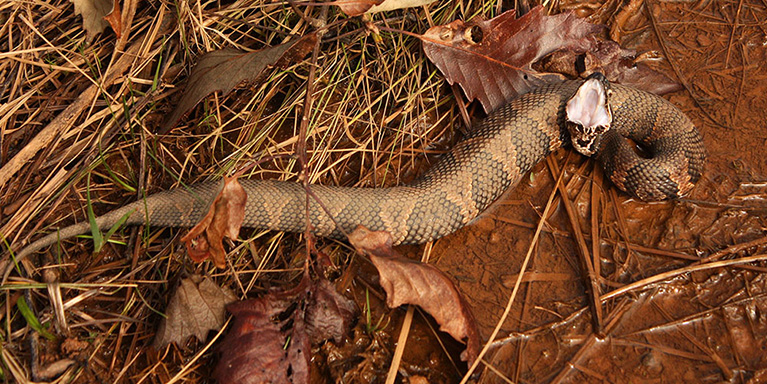
New York Mets First Baseman Pete Alonso has a passion for hunting, fishing, and giving back.
You may know Pete Alonso as the two-time Home Run Derby Champion, three-time Major League Baseball All-Star, and the first basemen for the New York Mets, but did you know he was named the July 2023 Most Valuable Philanthropist by MLB’s Players Trust and has been a staunch supporter of the Theodore Roosevelt Conservation Partnership since his rookie season in 2019?
MLB’s Players Trust recognizes players whose efforts have made a positive impact on the causes and communities personal to them. Over the course of the regular season, the Players Trust bestows three Most Valuable Philanthropist (MVP) awards to celebrate those who have demonstrated a giving spirit and positive social impact beyond the baseball field. Pete Alonso was recognized in July 2023 with the MVP award for his tireless work with the Alonso Foundation and for supporting causes he cares about – such as the Theodore Roosevelt Conservation Partnership.
Off the field, Alonso is a lifelong hunter and angler. Fishing in his home waters of Tampa Bay and hunting throughout the country have clearly made a mark on Alonso. This is evident through his charitable work and his advocacy for conservation issues important to the sporting community. Alonso has long supported the conservation work of the TRCP by hosting a fishing trip in Tampa that has been auctioned off at the annual TRCP Capital Conservation Award Dinner, and his zeal for the outdoors has been frequently highlighted in the press, through an appearance on a special episode of MeatEater, hunting mule deer in Colorado with host, and TRCP Board member, Steve Rinella, and his work with TRCP partner, Captains for Clean Water.
Given his altruistic spirit and passion for conservation, it is no surprise that Alonso has partnered with TRCP for the 2023 Fall Sweepstakes, offering everyone the chance to win an expense-paid trip for 2 to Tampa, FL to fish with Pete.
On the field, Pete Alonso hits home runs with the best of them, but his passion and support for guaranteeing all Americans quality places to hunt and fish is a homerun for conservation.
I started fishing tournaments when I was 14 years old. I had a passion for competing and wanted to make it my living. In 1997, when I was 22, Bassmaster came out West and I qualified for their pro bass fishing tour. It was right then that I put everything I owned into storage and never looked back.
As a pro angler for almost the last three decades, I’ve met a lot of great people, and heard from parents how much it meant to their children to see someone with a similar look and background in this sport.
Because fishing is not only my livelihood, but my passion (I love to saltwater fish for fun, and just got back from an offshore tuna fishing excursion), I pay attention to threats to angling in America. One of the biggest, least understood, and most difficult to address threats arrived in this country a long time ago. I’m talking about aquatic invasive species (AIS).
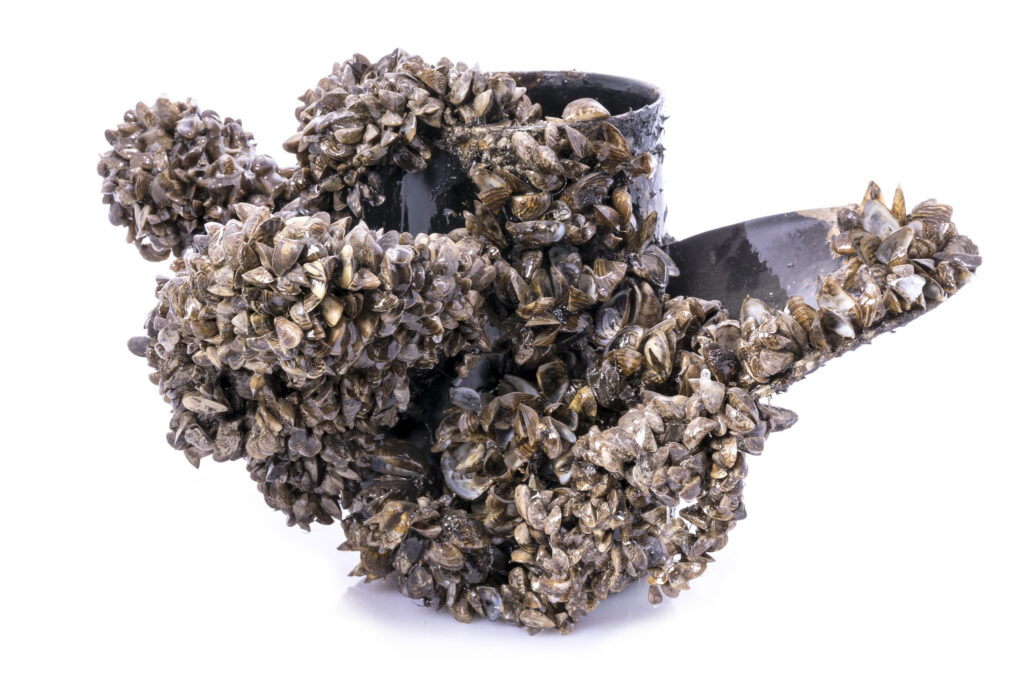
In America, AIS issues range from well-known Asian carp and zebra mussels in the Midwest to lake-choking hydrilla out West, and from sunlight-blocking water hyacinth down South to northern snakeheads and blue catfish in the Chesapeake Bay. If you’re a recreational angler, and especially if you own a boat, there’s a very good chance you’ve already encountered some of these aquatic invasives.
You may know what I’m talking about – you’re in a state that is dealing with zebra mussels or quagga mussels, and you need to pull your drain plugs and be sure livewells are totally dry before you go to another body of water to fish. In California, where I’m from, if you don’t follow these procedures your boat goes into quarantine. But this initiative is critical to preventing further spread of these mussels.
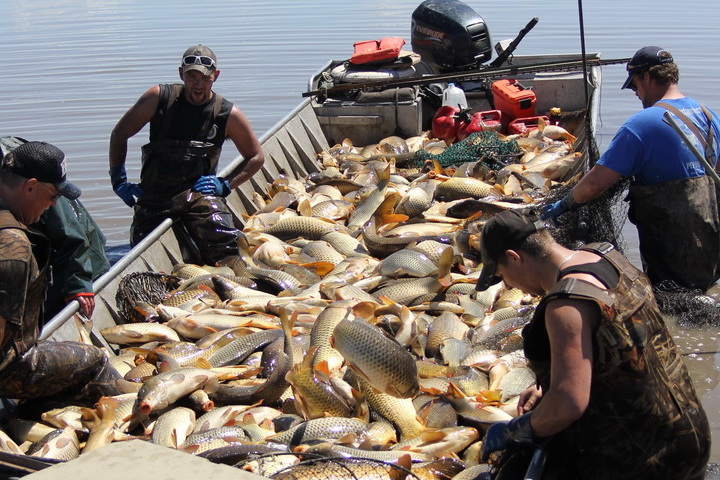
AIS problems represent a huge hassle for anglers and aren’t something we can ignore. If unaddressed, the problems only get worse. Invasive mussels will eventually clog up drinking water or irrigation pipes. Snakeheads will eat everything, from the fish we catch to the prey items in their diets. Invasive vegetation will degrade the habitat of native fish.
And then there are Asian carp.
These invasives, which come in multiple species, including silver and bighead carp, remove plankton that normally provide forage to native bait species. Also, when the bass are in a spawning area, the carp can ruin the beds they’re spawning on with their gluttonous feeding habits.
These carp also leap out of the water when they’re agitated, and I’ve had them fly right into my boat. Imagine going down the lake at 60 miles per hour and having one jump up in front of you. People actually get hospitalized for this.
Maybe the biggest threat aquatic invasives present is the financial burden they put on federal and local economies. Our federal government alone spends an estimated $2.3 billion annually to prevent, control, and eradicate domestic AIS issues. In fact, AIS cause $100 billion worth of damage per year in the U.S.
Those are only big-picture costs. Fishing supports communities, and sometimes the real damage from invasives occurs at a more local level. When AIS take over an area, the fishing gets bad. When fishing gets bad, people stop fishing. Entire communities suffer.
The only good news about the economic damage AIS problems cause is that it has forced politicians and other decision-makers to take notice. People won’t get behind AIS battles unless the economics and dollars are there.
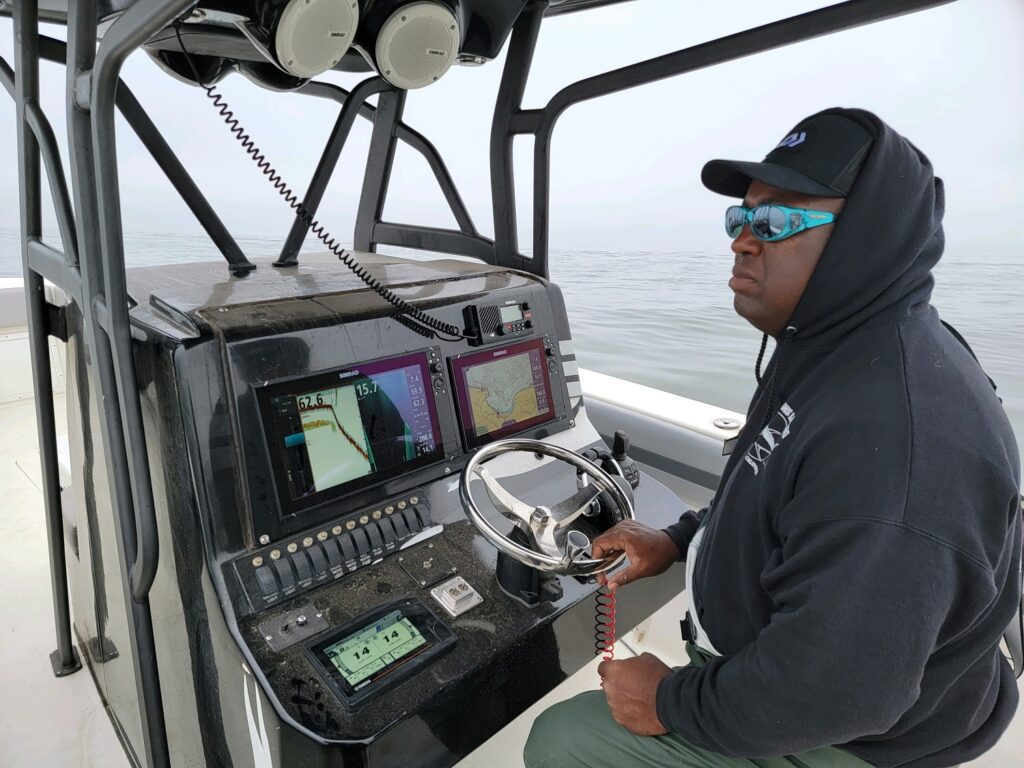
Clearly there’s good reason to want to control, or at least mitigate the damage from, aquatic invasives. The best option is to never allow an exotic species to move into a body of water in the first place. We all play a part in preventing future spread.
Once AIS establish themselves, full eradication is often the ideal solution, even though in most cases it’s not financially feasible or practical to implement. Species like zebra and quagga mussels, and fish like freshwater Asian carp and lionfish in our oceans, offer little benefit to North American environments. If possible, we want to remove them. That’s much easier said than done, however. The best thing is to never allow invasives to gain a foothold in a waterway in the first place.
Myself and other pro anglers on the circuit, along with our sponsors, are already doing our part to help deal with AIS issues. Bassmaster’s Bass Anglers Sportsman Society (B.A.S.S.) offers great information to pro anglers on how to reduce the spread of invasives, and also is now officially part of the national Clean Drain Dry Initiative. And Yamaha Rightwaters, the number-one program where I work on conservation issues, does more than just waterway clean-ups, like the Tennessee River Beautiful effort I’m involved with. Among the program’s initiatives is a national AIS Commission convened with partners like the Theodore Roosevelt Conservation Partnership.
In 2021, the TRCP worked with Yamaha Rightwaters and other partners to form an AIS commission to improve the prevention, control, and mitigation of aquatic invasives. I chose to be on the commission because I see where things are going with tournament bass fishing, and if I don’t do something to help it could eventually go away.
It was a difficult but great process to try and wrap our minds around such a big issue. Among our recommendations, which were finalized in 2023, were the need to modernize federal law and policy, increase targeted federal funding, maintain access to water for anglers, and increase public education and engagement.
And that’s where you and other anglers come in. Please help do your part to help prevent further AIS spread, to benefit fish populations and our collective angling experiences.
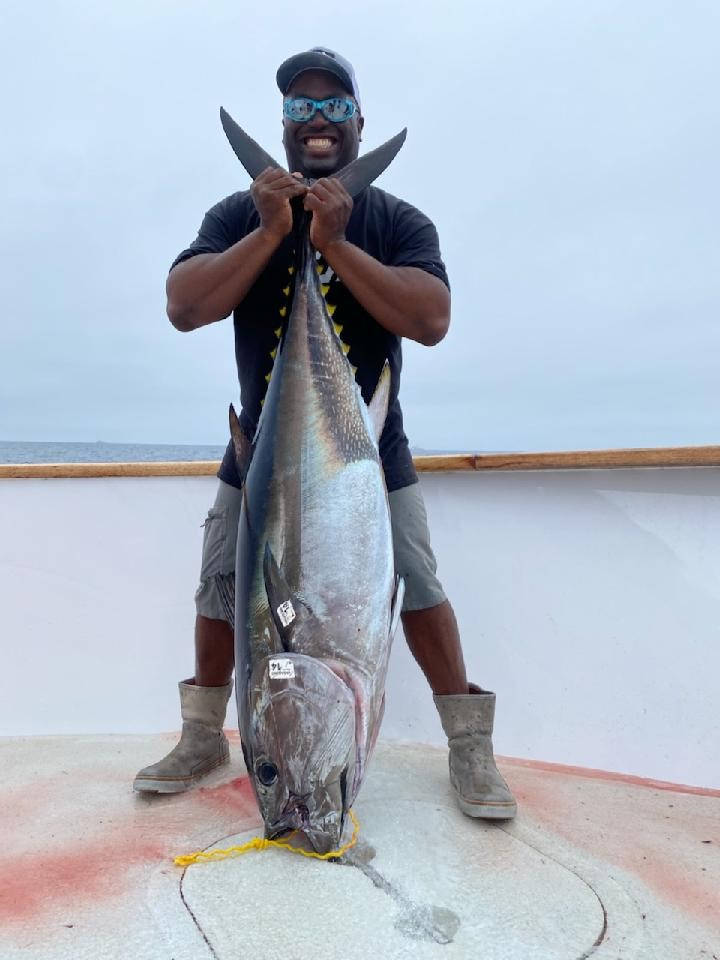
Ishama “Ish” Monroe is a professional bass fisherman with nine career wins, five of them being on the B.A.S.S. tour. He has earned $2.4 million in lifetime prize winnings. Sponsored by Yamaha Motor, Bass Pro Shops, Simms Fishing, Ranger Boats, and other big names in the angling industry, he is based in northern California but competes and volunteers nationally.
Learn more about the AIS Commission and its recommendations here.
Theodore Roosevelt’s experiences hunting and fishing certainly fueled his passion for conservation, but it seems that a passion for coffee may have powered his mornings. In fact, Roosevelt’s son once said that his father’s coffee cup was “more in the nature of a bathtub.” TRCP has partnered with Afuera Coffee Co. to bring together his two loves: a strong morning brew and a dedication to conservation. With your purchase, you’ll not only enjoy waking up to the rich aroma of this bolder roast—you’ll be supporting the important work of preserving hunting and fishing opportunities for all.
$4 from each bag is donated to the TRCP, to help continue their efforts of safeguarding critical habitats, productive hunting grounds, and favorite fishing holes for future generations.
Learn More
